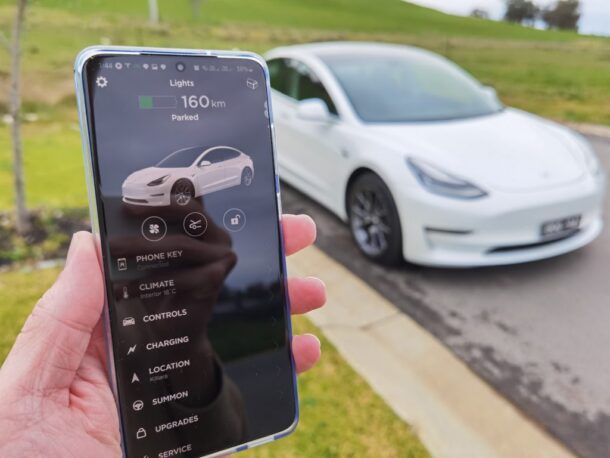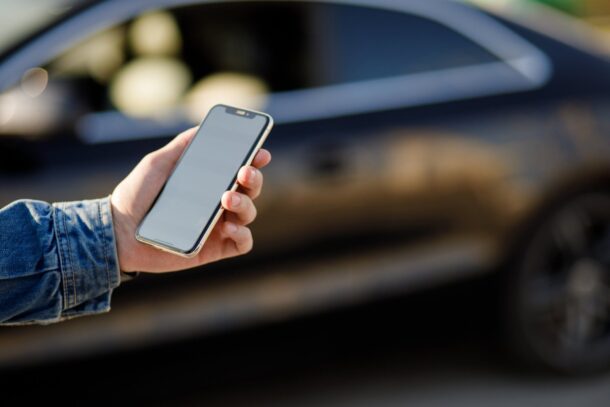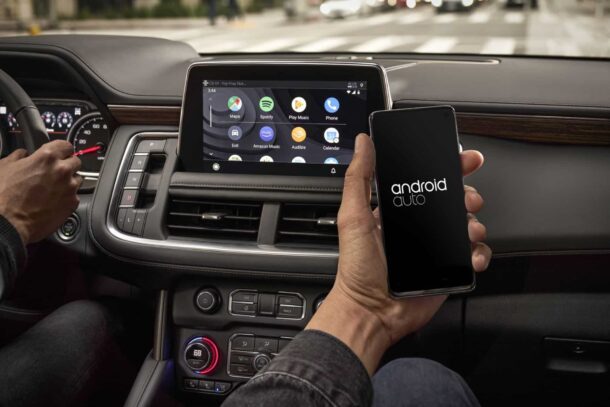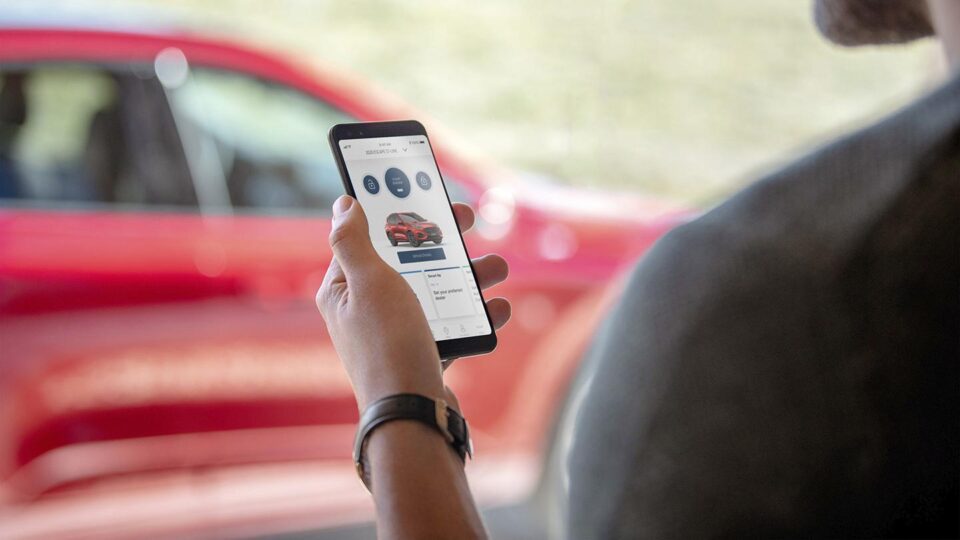Smartphones are becoming increasingly prevalent in being integrated into various aspects of our lives in today’s technologically advanced world. This integration’s notable effect can be seen in the automotive industry. By enabling us to operate cars using mobile phones, convenience, efficiency and additional functionality have been added to our interaction with vehicles. This article examines the impact that technology has on controlling cars. It also explores its benefits and future developments.
The Integration of Mobile Phone Technology and Car Control

Revolutionizing the way we interact with our vehicles, mobile phone technology has been integrated into car systems. Performing a wide range of functions and commands is made easy for drivers by utilizing the capabilities of mobile phones. From tracking your car’s location to locking and unlocking its doors as well as adjusting its climate setting and starting its engine- there are endless possibilities available!
Following specific instructions is essential to control a car with a smartphone. The primary task in this scenario is to guarantee compatibility between your mobile device and automobile. Sometimes your mobile phone or iPad may suddenly freeze or not display a particular function. In this case, you need to follow the instructions to reboot your device and work seamlessly with the car.
A lot of automobile makers presently provide exclusive mobile applications, which enable smooth integration of the automobile and the mobile device. With accessibility to a broad user base, these apps have been made available on popular platforms like iOS and Android.
The initial step towards connecting a smartphone to a vehicle’s onboard system is installing an appropriate app followed by pairing them together. The process generally entails creating a Bluetooth connection or linking via USB cable, depending on the car’s capabilities and the mobile phone’s interface. The driver can manage different functionalities of their car using a user-friendly interface offered by the mobile app once they have established a connection.
Benefits of Controlling a Car With a Smartphone

Drivers can enjoy several significant benefits by controlling a car with a mobile phone. Among its many benefits, providing convenience is particularly noteworthy. Remotely locking or unlocking their car doors with a phone allows drivers to get rid of traditional keys. Situations, where keys are misplaced or forgotten, can benefit from this particular characteristic. In addition, remote engine start enables pre-warming or pre-cooling of the car before use. Your comfort level is elevated while eliminating the need to sit in a hot or cold vehicle.
The presence of enhanced security features with mobile phone control is another benefit. Drivers can set virtual boundaries for their vehicles using geo-fencing, which is offered by most mobile apps. An alert will be received by the driver on their mobile phone in case these boundaries are crossed by the car so that they can stay informed of any unauthorized movement. Besides, many applications offer instantaneous notifications for events like door breaches or attempted thefts that enable prompt measures to be taken.
Smartphone control devices seamlessly integrate with navigation applications. Inputting destinations, finding points of interest and receiving turn-by-turn directions directly on your phone’s screen is easy. Using a smartphone as a control device eradicates the necessity of depending entirely on the car’s integrated navigation system or using separate GPS devices. Many smartphone apps provide real-time traffic updates, suggest alternative routes, and offer instructions guided by voice. Using a smartphone as a control device for navigation applications enhances the efficiency and reduces stress during journeys.
By connecting to your car’s onboard diagnostics system, you can use smartphone integration to monitor your car’s performance and remotely diagnose potential issues. You can access real-time data about your vehicle’s health, including engine performance, fuel efficiency, tire pressure and more by connecting to its onboard diagnostics system. Your smartphone can alert and notify you of any malfunctions or maintenance requirements. By promptly addressing any issues and potentially avoiding costly repairs, you can benefit from this feature of smartphone integration.
Providing access to additional features and functionalities, phone control enhances the overall driving experience. Drivers can use apps from some automakers to personalize the car’s settings as per their preference. This implies modifying not only your car’s temperature regulation but also adjusting seats arrangement and sound settings. Drivers can easily create their desired driving environment by tapping a few buttons on their mobile phone screen.
Controlling your car with a smartphone can be invaluable during an accident or emergency. Smartphone apps often incorporate features like emergency assistance calls and automatic collision detection. These features can promptly inform emergency services about your exact location. Controlling your car with a smartphone can significantly reduce response times and potentially save lives through features like emergency assistance calls and automatic collision detection, which immediately alert emergency services and provide them with your precise location.
Future Prospects and Considerations

Mobile phone integration into car control is expected to advance further as technology evolves. The improvement of the driving experience is constantly pursued by manufacturers through innovative features and functions. Integrating voice commands, augmented reality displays, and advanced driver assistance systems (ADAS) is how mobile devices’ capabilities are utilized.
With these advancements come specific considerations, however. Distraction is a significant concern. Although smartphone car control can provide convenience and functionality, prioritizing driver safety remains essential. Using mobile phones while driving should be avoided by them. To minimize accidents, it is essential that one strictly follows laws and regulations regarding the use of phones when driving. All road users are ensured safety.
The requirement for dependable and safe connectivity is another factor to consider. The stability of the connection between the mobile device and the car’s onboard system is crucial for successful control. For seamless and uninterrupted connectivity, manufacturers and developers must ensure the presence of necessary infrastructure. In addition, the car’s systems must be protected from potential hacking or unauthorized access through the implementation of cybersecurity measures.
Final Thoughts
In conclusion, smartphone technology integration into car control has significantly impacted the automotive industry. Improved convenience, security, and additional functionalities are provided by controlling your car through your smartphone enhancing the overall driving experience. We can anticipate additional exciting progress in this field as technology keeps advancing, changing the way we communicate with our cars even more. Safety and responsible usage of mobile devices should be given top priority by drivers while driving.



